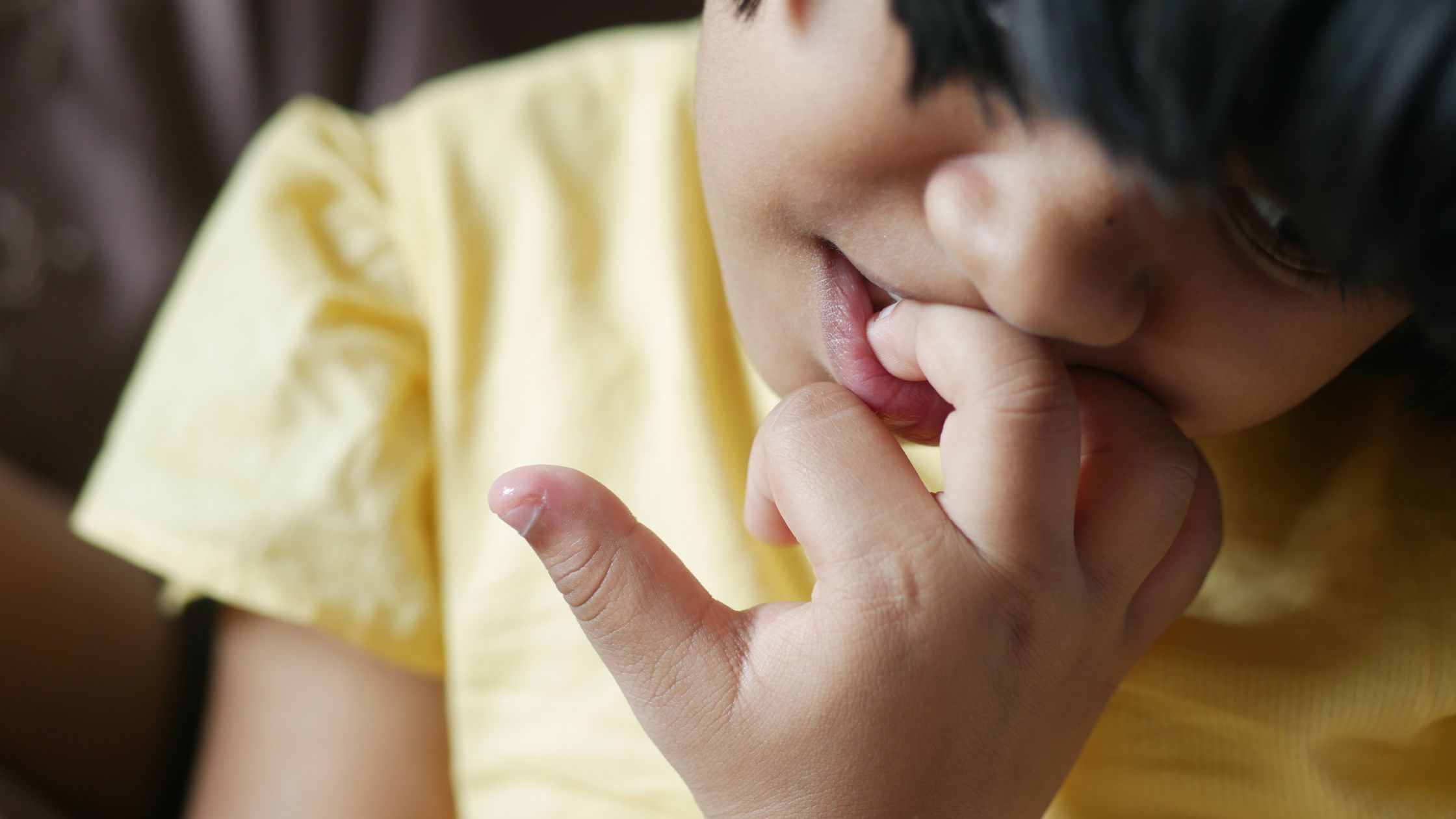Imagine being taken out for the day, but you don’t know where you are going, when (or if) you are going to get fed, who you are going to see and when you are going to come home again. Does that sound like fun? To many of us, it really doesn’t. It sounds scary because everything will feel out of control – we don’t know what is happening and that can leave us feeling vulnerable and anxious.
It’s the same for children. When they don’t know what is coming up in their day life feels out of control anxious. This is scary and leaves them feeling unsettled and anxious about their day. Bear in mind that young children don’t have the experience that we have to know that they will most likely end up having a lovely time. This is especially true when they are being handed to adults that they don’t know very well.
Understanding Anxious Children
Quite often as adults we forget to tell our children what is happening in their day – I know that I am guilty of this as a parent. We assume they know what is coming up, but have we actually taken the time to explain their day to them, in a way that they can understand and remember? On arriving at your early years setting, especially in their first few days, an anxious child will have all sorts of unanswered questions brewing in their head:
- Which other children will be there?
- Will that nice adult be there?
- What if I don’t like the food?
- What if I can’t find the toilet in time?
- What activities will I be doing?
- Will I like the activities?
- When do I get to go home?
Although they may not be able to verbalise it, a young child is likely to have many similar thoughts to this. Their day ahead is unknown to them and this makes them anxious.
Effective Communication Strategies
So how can we make things easier for the anxious child? Communicate to them what is happening in a way that they can understand. As an early years practitioner, I’m sure you already have a routine set up in your setting. Although this may just seem like the obvious thing to do from an organisational point of view, it’s actually a great way of helping children to feel safe, plus it also boosts their self-esteem as they are able to navigate their way through the day with a degree of independence. You can take your routine a step further by communicating it to children in a simple, clear way that they can process – by using a visual timetable.
Creating A Supportive Environment
Using pictures to show what is going to be happening each day offers the chance for a child to find out what is happening in a way that supports processing and is very clear to understand. Once a child knows what is coming up and can see those important details such as when lunch is, what their day will involve and when they get to go home, they will start to feel calm and settled. Life no longer feels out of control, and this can massively reduce their anxiety. It’s no different to us depending on a diary or to-do list to remind us what we have coming up in our day or week.
A child with separation anxiety will particularly benefit from this enhanced communication because you are able to show them the answer, in a clear and simple way, to their biggest question – when do I get to see my main carer again?
Another way you can support anxious children, and in fact all children, is to help develop their emotional understanding. When you give children the opportunity to recognise different feelings in others, through stories and conversations, they can then begin to recognise them in themselves and gradually begin to manage them. Having a feelings chart or feelings cards available means that a child who struggles to find the words can communicate to you how they are feeling. It’s also really important that they are offered a safe space in which they can express these feelings. You can create this by being the children’s role model and remaining calm when a child shows any big emotions they need to express.
Bear in mind that some children may come to you with sensory needs. It may be that their anxiety is heightened because something in the environment such as a light or noise, or perhaps something they are wearing, is really bothering them. In this instance, it really is a question of identifying what is causing the distress and removing this for the child.
A lot of what I have discussed above comes from the ability to recognise what life feels like from the child’s point of view. If you have a particularly anxious child attending your setting, then try to see things through their eyes – what are the barriers to helping them feel settled? What could you put in place to help them feel more at ease? Remember, all behaviour is communication so an anxious child is letting you know that something isn’t quite right for them. Sadly, the real reason might not be something you can fix within your setting, but recognising ways to support this child can still go a long way towards making life that little bit easier for them, and allowing them to feel calmer and happier as they spend their time with you.

